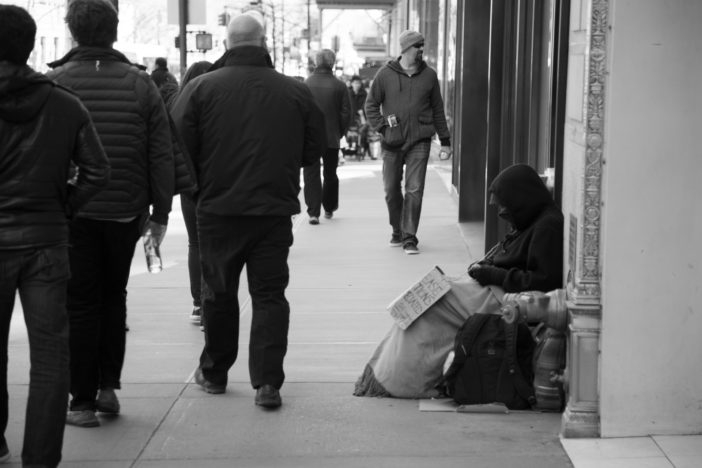More than 60 volunteers are expected to team up with park rangers, community ambassadors, social service workers and Beverly Hills police officers tonight night as part of Los Angeles County’s three-day “point in time” count of the homeless population.
The three-day count began Tuesday night in the San Gabriel and San Fernando Valleys. Tonight, volunteers and workers in West Los Angeles, Southeast Los Angeles and the South Bay will fan out to get a snapshot of the sheltered and unsheltered homeless population. The count concludes on Thursday in the Antelope Valley, Metro Los Angeles and South Los Angeles.
Last year, the count found 58,936 homeless people living in Los Angeles County, one of the largest populations in the country. While Beverly Hills averages a small number of homeless people, counting every person is important for determining funding priorities and educating the public, said Rachel Evans, L.C.S.W., clinical program coordinator with the City of Beverly Hills.
The count also helps highlight the work of Chronic Homeless Assistance Team (CHAT), an innovative collaboration between the Beverly Hills police and fire departments, the city attorney’s office and the Beverly Hills human services division, said Lt. Todd Withers.
“We look to solve problems for the chronically homeless not just through enforcement, but by working with these other agencies to provide medical assistance, if they need it, or help with permanent housing, if they are open to it,” Withers said.
CHAT recently helped to reunite a chronically homeless man with his worried family in the Midwest. The program was able to provide the man with transportation back home and start him back on a path of success.
Every month, a transitory population of about 1,500 to 2,000 homeless people pass through the city, said Jim Latta, human services administrator with the City of Beverly Hills. The city helps shelter people and directs them to other services. If someone is dangerous or particularly vulnerable, the city will get the police involved.
Beverly Hills’ number is low compared to other West Side cities, and Evans said the city usually attracts too many volunteers who show up for the count. But both Latta and Evans said they understood what drives people to sign up to help.
“I think people feel as though they’re actually doing something,” Latta said. “Every one of these homeless people is someone’s brother, sister, mother, father. You can’t help all 60,000 people in Los Angeles, but you can help them one at a time.”
 Behind the Badge
Behind the Badge



